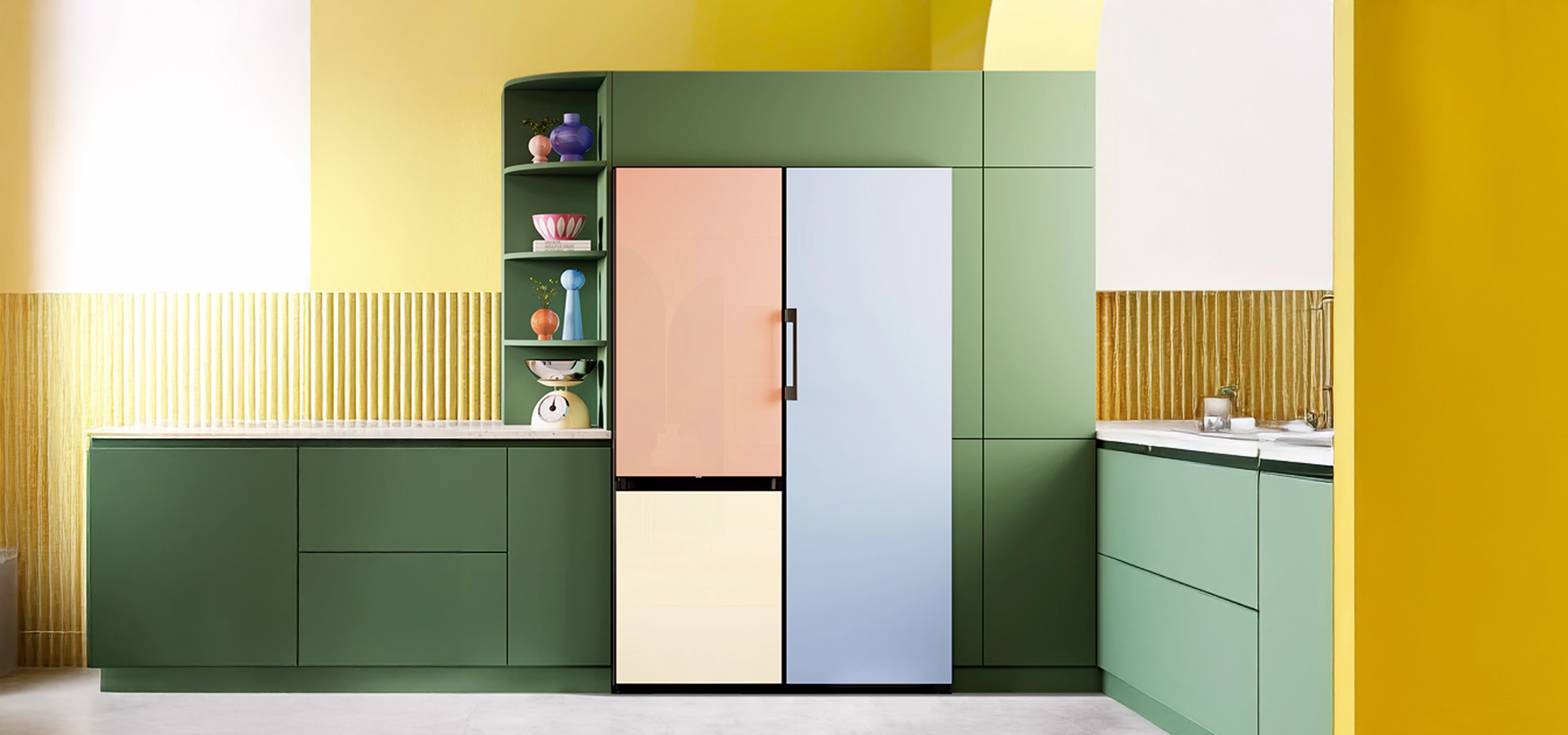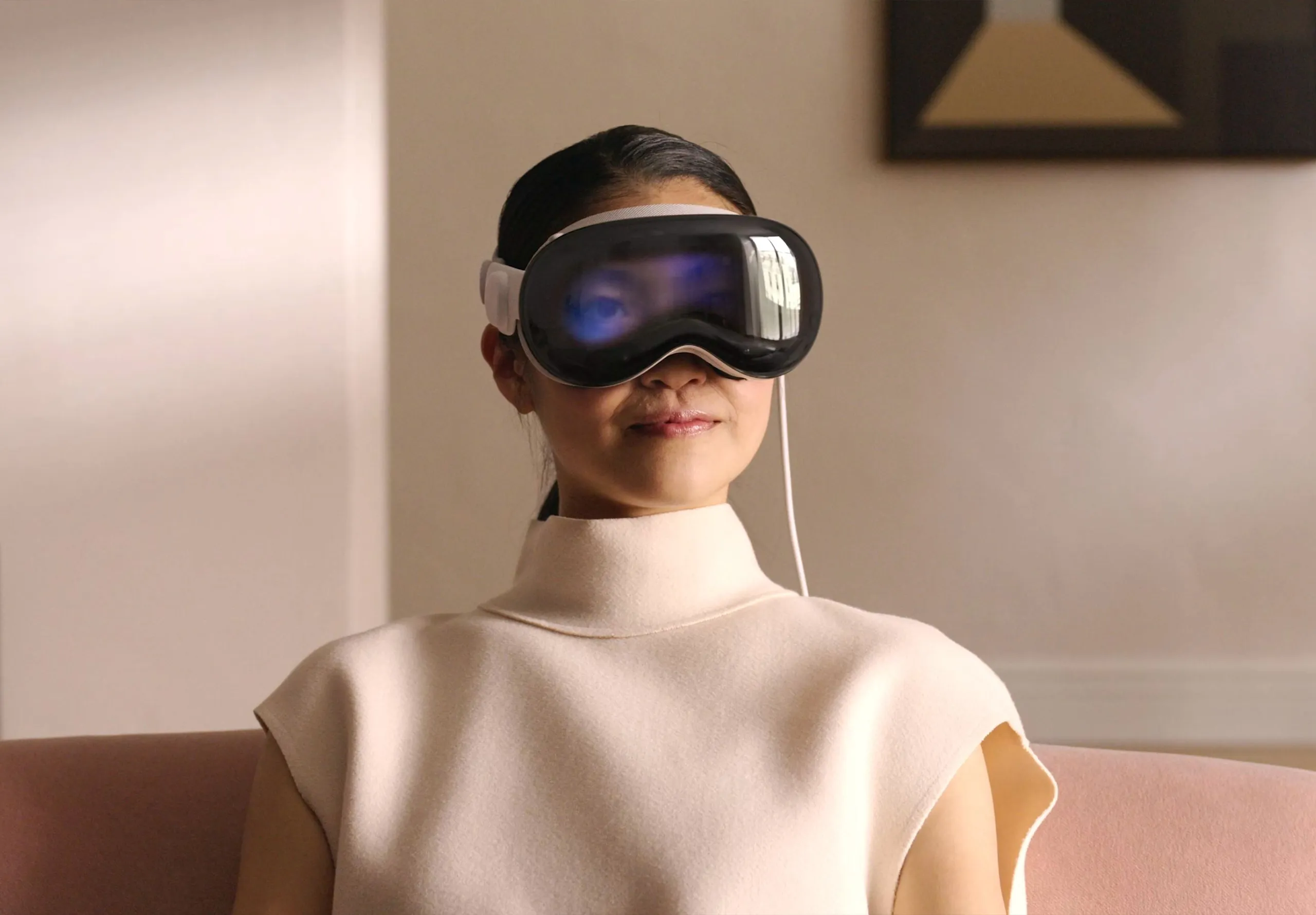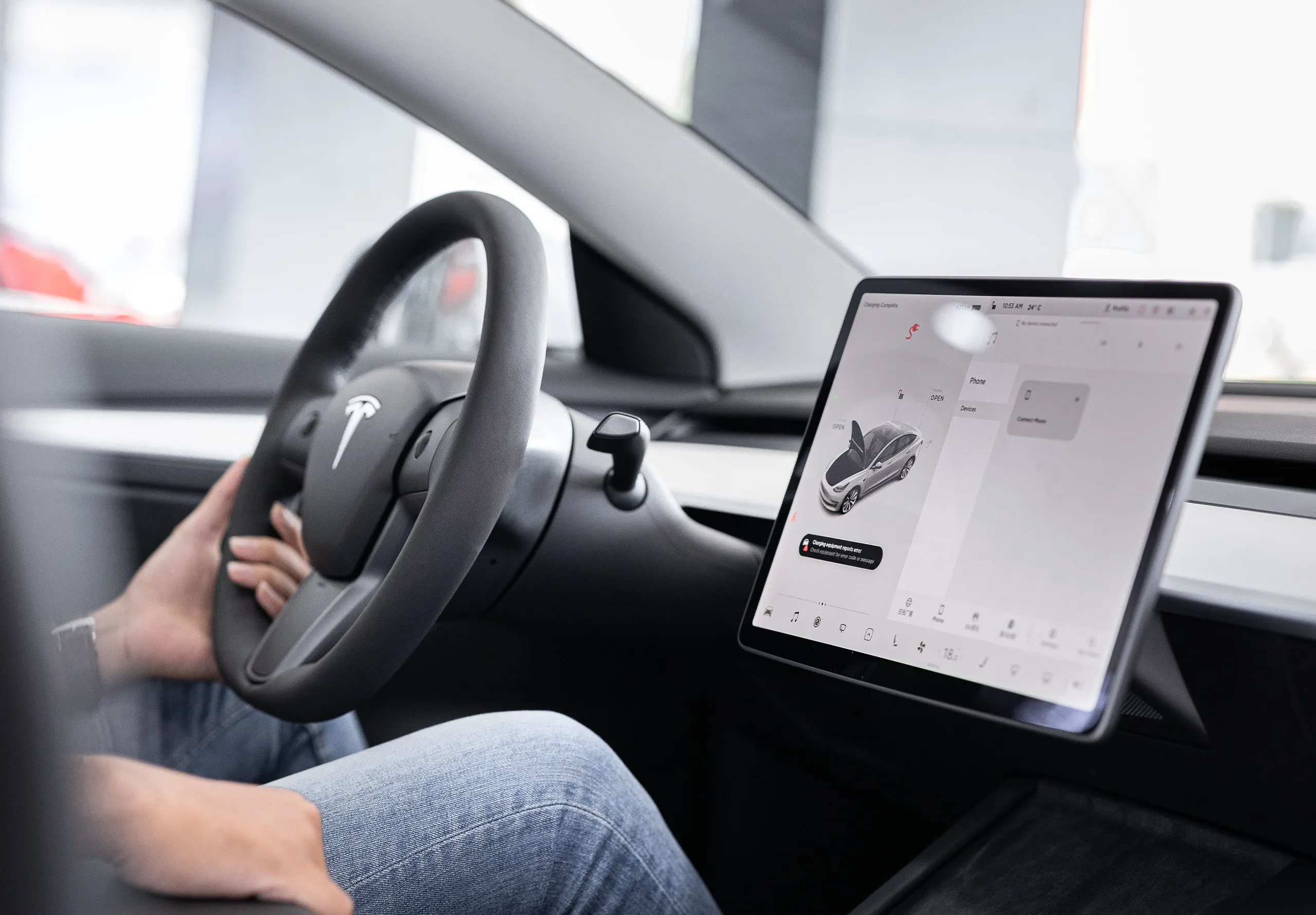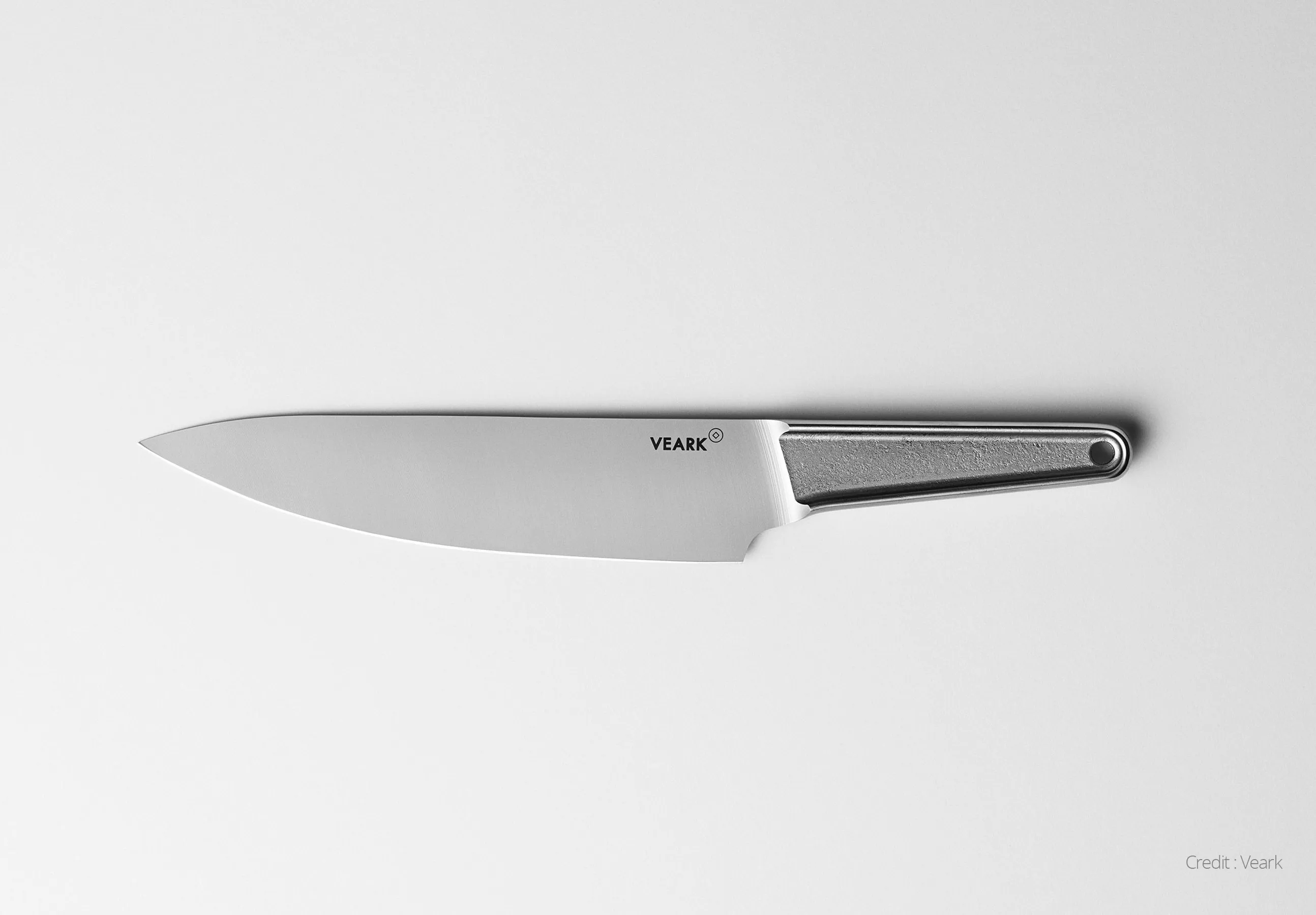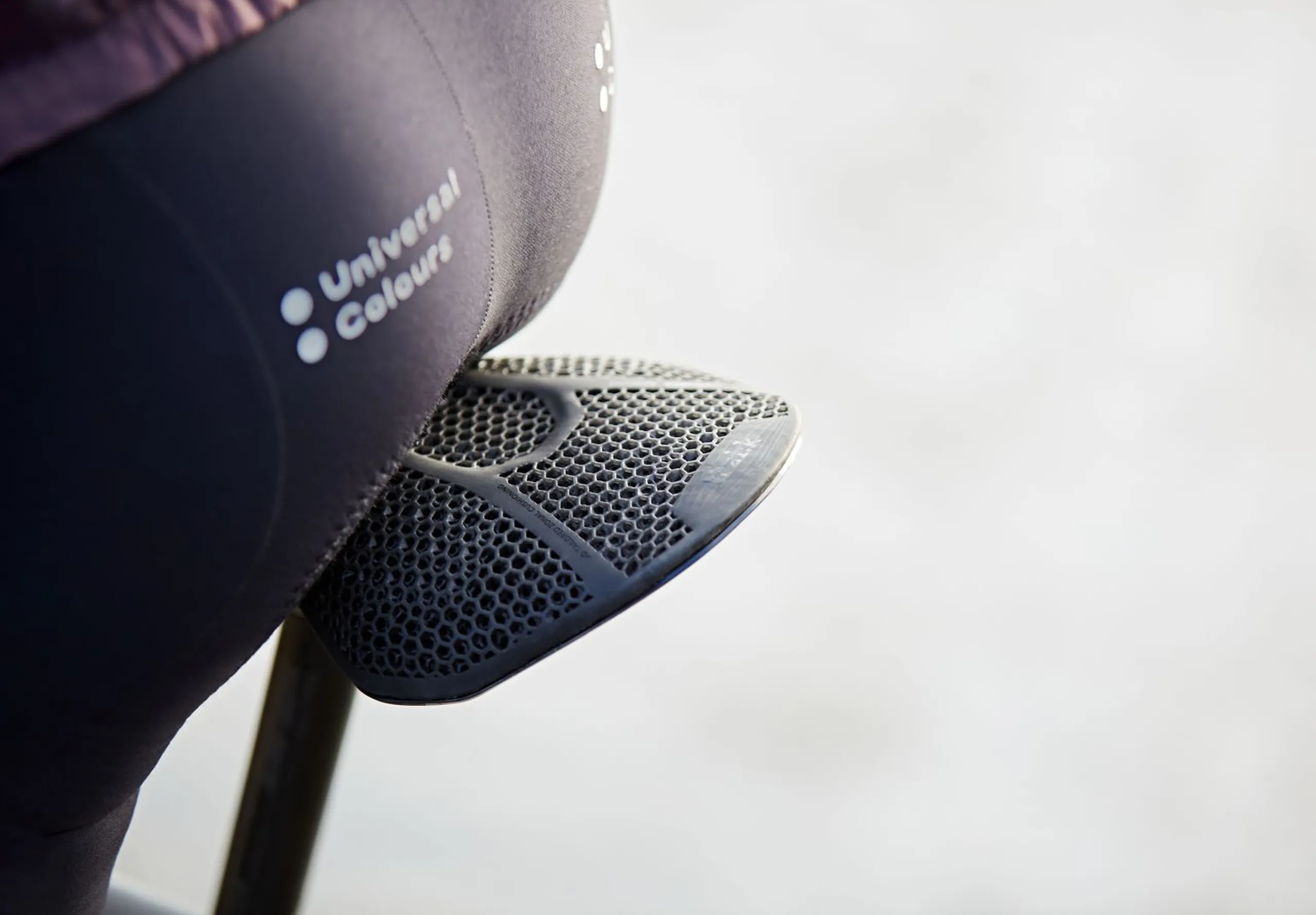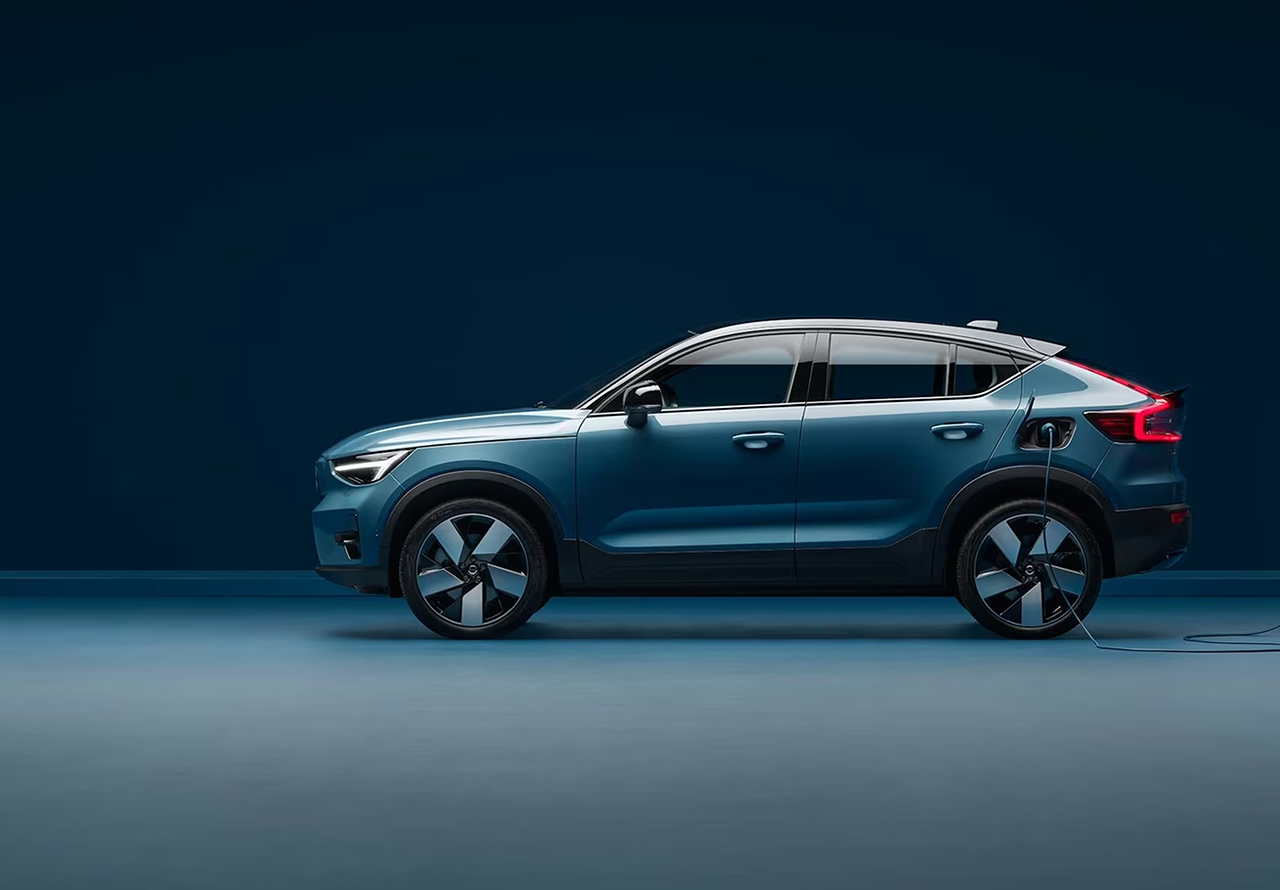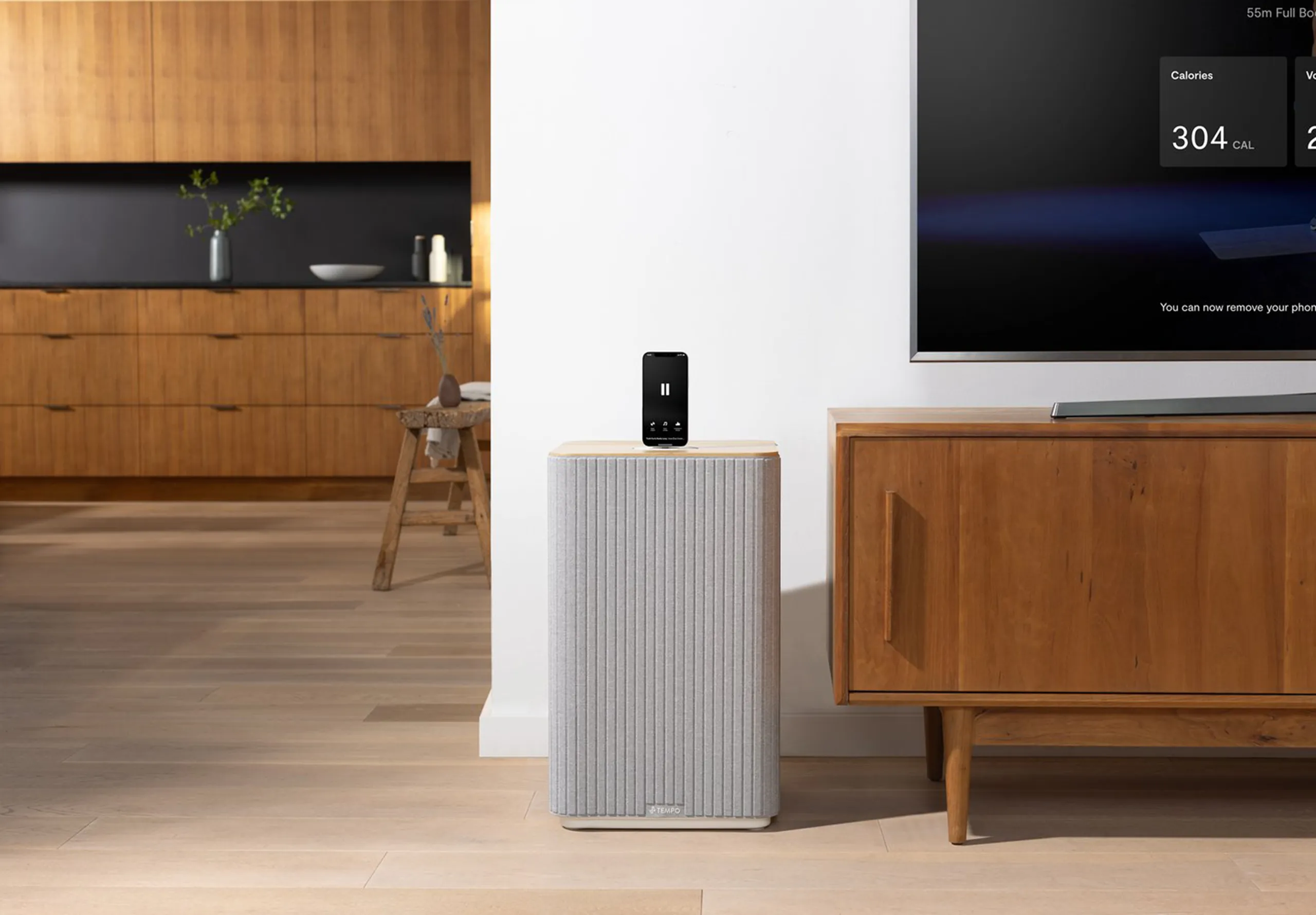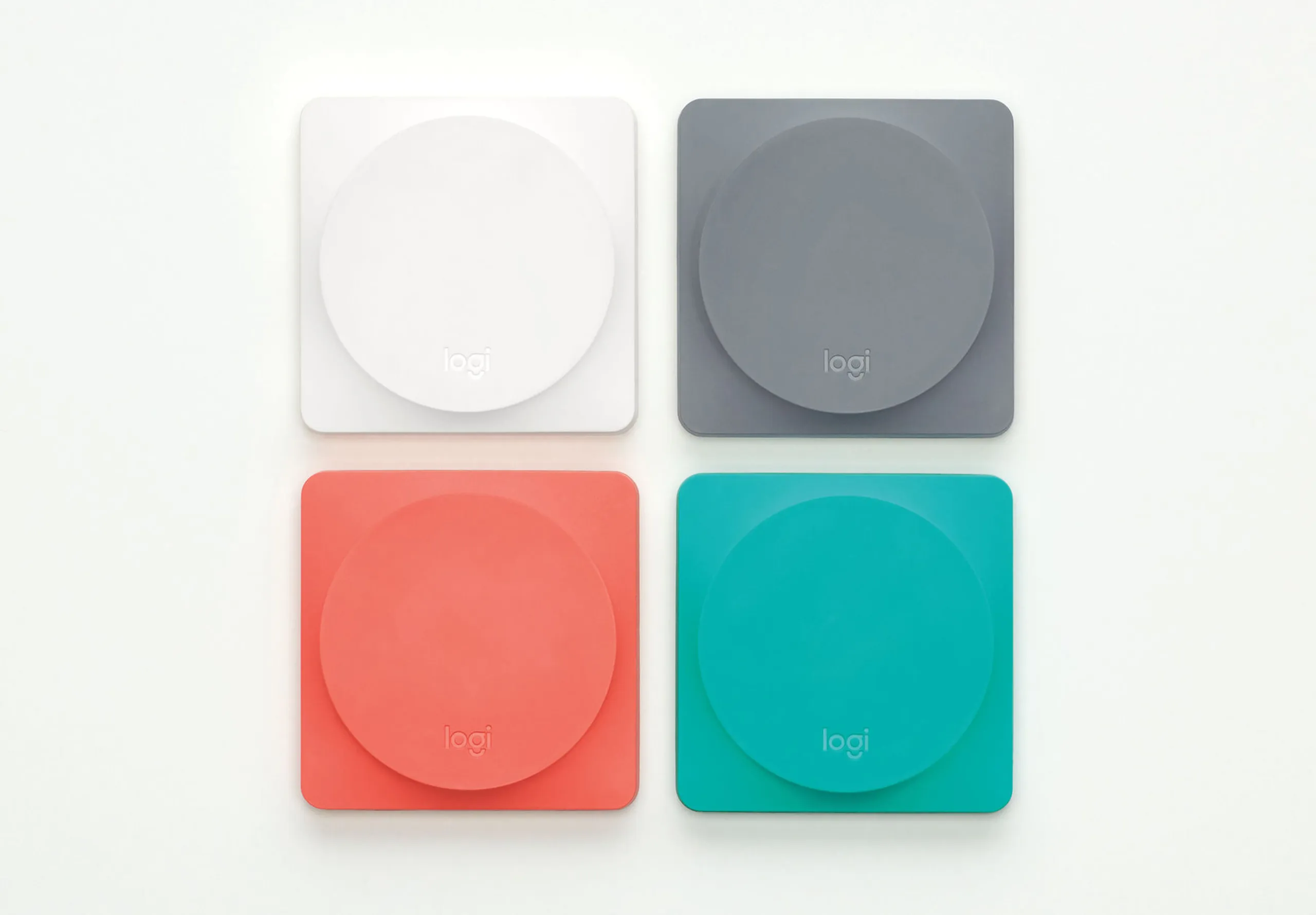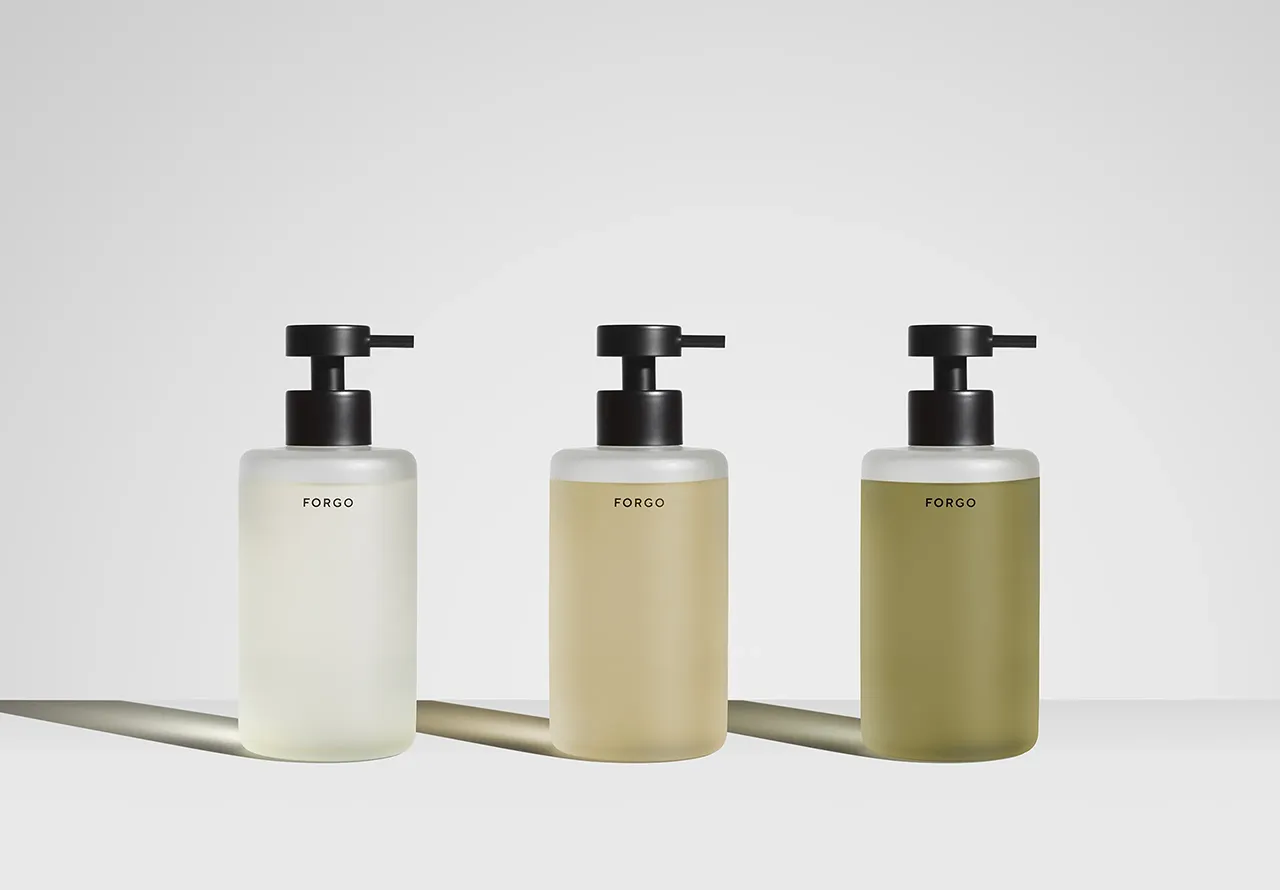The new frontiers of inclusive design
Inclusivity is evolving. No longer a checklist of representation, it now asks brands to reimagine value, access and design around a broader, more intersectional view of humanity.
In this piece, we discuss what inclusivity really means in the changing consumer landscape, moving from surface-level gestures to deeply embedded systems that centre equity, dignity and joy.
Short on time? Use these links
Better by design
When we started out over 20 years ago, inclusive design was largely centred on accessibility – a narrow lens for a niche brief. Today, that lens has widened to embrace solutions that resonate across diverse lives and bodies.
Nike’s GO FlyEase is a benchmark. It began with a request from a teenager with cerebral palsy who wanted a shoe he could put on independently. Before long, it was a hit with parents, commuters and anyone who values convenience. This is the power of inclusive thinking at its best: built for one, useful for many.
That mindset carries across categories. Samsung’s Bespoke fridge is modular, stylish and smart. Wide-opening doors, low-effort drawers, and customisable layouts adapt to space, height and mobility proving that inclusivity can be both beautiful and built in.
Neff’s Slide&Hide oven offers sleek design and remarkable usability. Its disappearing door allows safe, front-on access. Originally marketed as a space-saver, it’s become a favourite among wheelchair users – and anyone who’s ever basted a roast.
Designing for difference
Performancewear has long followed the movement patterns of able-bodied athletes. But that’s beginning to change. Increasingly, inclusive design is rewriting the brief – starting with difference and building from lived experience.
Adidas, in collaboration with Adaptive Sports Northwest, placed wheelchair athletes at the heart of the process, designing basketball kits shaped by seated motion, pressure points and real-game dynamics. The result? Apparel that starts with difference and ends with excellence.
From courts to screens, Apple’s short film “The Relay” reframes assistive technology as performance-enhancing tools that unlock potential rather than merely compensate for difference.
The ageless economy
With the 50+ demographic driving nearly half of global spending growth in 2025, competitive brands are embracing age-inclusive propositions that reject chronological assumptions, understanding that consumers now age on their own terms.
Tommy Hilfiger brings fresh thinking to this space. Their adaptive range features magnetic fastenings that are easy to use without compromising style, appealing to disabled wearers, older adults and anyone who values comfort without friction.
Named after the Swedish word for ‘thoughtful’, IKEA’s Omtänksam collection was designed for older adults – but through a co-design process that included people with arthritis, visual impairments, and cognitive conditions. The outcome is age-inclusive furniture that’s sensory-aware, culturally sensitive, and smart for small-space living.
Meanwhile, Manual addresses male ageing with andropause test kits designed to feel empowering, not clinical – opening up conversations that ripple across partners, families and communities.
From identity to intersectionality
Where inclusion once meant ticking off demographics, today’s most resonant designs recognise that no identity exists in isolation. Age, ability, gender, culture and neurodivergence intersect – and the next wave of innovation is being led by brands who understand that.
Recently, Adidas’ and Rich Mnisi built a Pride collection that rejected seasonal symbolism in favour of lived experience. Fluid silhouettes, bold colour, unapologetic style. Queer design sensibility drove the concept, yet the collection is equally irresistible to anyone drawn to expressive, statement-led design.
India’s HUEMN follows a similar path – designing with identity, not around it. Their signature silhouettes adapt across gender, size and age, worn by anyone drawn to their emotionally charged, culturally attuned aesthetic. Each piece channels intellect and instinct, challenging conformity without losing desirability. Inclusive not through labels, but through intent.
Designing a more inclusive future
As age, gender and ability are redefined in culture and commerce, the next frontier for truly inclusive brands lies in designing for difference – because of it rather than despite it.
Today’s most effective strategies place traditionally overlooked perspectives at their centre, creating better solutions for everyone.
As long-time advocates in this space, we find it refreshing to see human diversity increasingly embraced as a creative advantage. If design inclusion is on your agenda too, we would love to share our knowledge with you and work together to design a better world for all.

